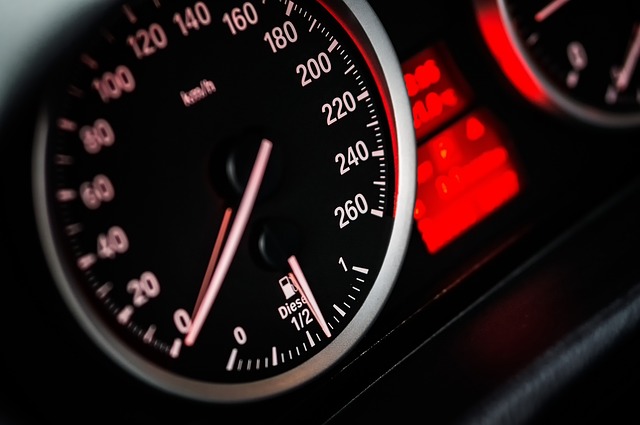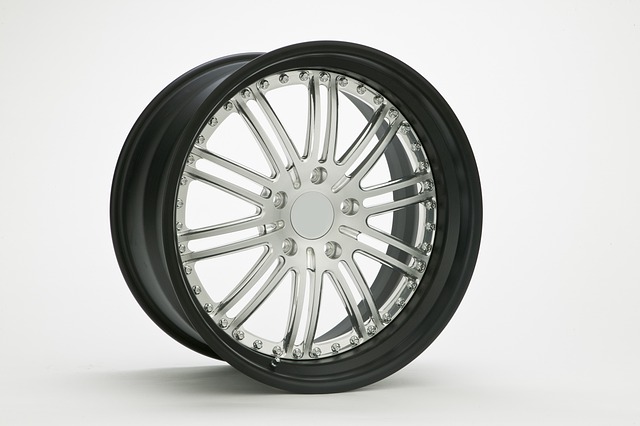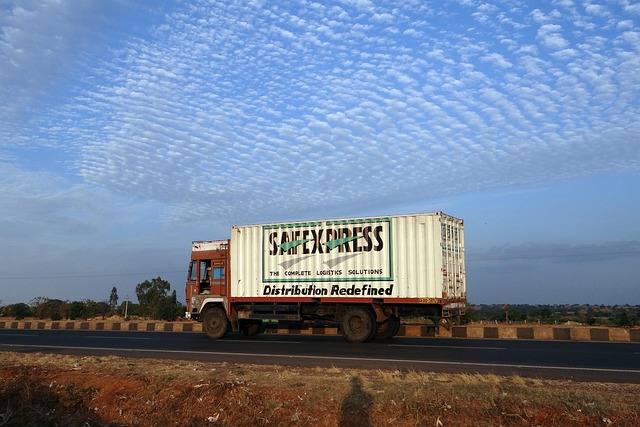Looking to register your car in California? This comprehensive guide walks you through the process, ensuring a smooth transition. From understanding essential requirements to gathering vital documents, this article is your go-to reference. Learn how to leverage DMV services like VIN verification for added security. By following these steps, from visiting the local DMV or using online services to completing application forms, you’ll be legally registered in no time.
- Understand California Car Registration Requirements
- Gather Necessary Documents for Car Registration
- Visit Your Local DMV Office or Use Online Services
- Verify Vehicle Identity Using VIN (DMV Service)
- Complete and Submit Car Registration Application Form
Understand California Car Registration Requirements

Before registering your car in California, it’s crucial to understand the state’s specific requirements. The California Department of Motor Vehicles (DMV) mandates that all vehicles operating within the state be properly registered and bear valid emissions stickers. One key component of this process involves using a DMV VIN verifier to ensure the vehicle’s identity and history are accurate. This step is essential to prevent fraud and ensure compliance with local laws.
Additionally, you may opt for a mobile vin inspection or vin verification service to streamline the process further. These services offer convenience by allowing you to complete necessary checks from the comfort of your home or workplace, saving time and potentially avoiding visits to the DMV. Ensure that any chosen option meets California’s standards to guarantee a seamless registration experience.
Gather Necessary Documents for Car Registration

Before you start the registration process for your vehicle in California, it’s crucial to gather all the essential documents. The first step is to obtain a Vehicle Identification Number (VIN) verifier from the Department of Motor Vehicles (DMV). This can be done online or at a local DMV office. You’ll need the vehicle’s VIN, which is typically found on a label inside the driver’s side door frame or under the hood. Once you have your VIN verifier, it’s time to collect the necessary paperwork. This usually includes proof of ownership, such as a title or purchase agreement, and valid identification like a driver’s license or state ID card.
Additionally, if you’re opting for a mobile vin inspection or using a mobile vin verifier service, ensure that these providers are authorized and reliable. These services can be convenient, allowing you to complete the initial verification process from the comfort of your home or workplace. However, always double-check that the information provided is accurate and meets California’s requirements before proceeding with the registration.
Visit Your Local DMV Office or Use Online Services

There are two primary methods to register your car in California: visiting a local DMV office or utilizing online services. For those who prefer a more traditional approach, heading down to your nearest Department of Motor Vehicles (DMV) branch is the first step. Bring along essential documents like proof of ownership and insurance, along with any necessary fees. The DMV staff will guide you through the process, which includes verifying your vehicle’s identification number (VIN) using official methods such as a DMV VIN verifier. This ensures that your car matches the documentation accurately.
Alternatively, California’s DMV offers online registration services for added convenience. You can start the registration process digitally, filling out forms and providing necessary details. During this stage, you’ll be prompted to schedule a time for a mobile vin inspection or use a trusted online VIN verifier to ensure your vehicle’s authenticity. This method streamlines the registration experience, allowing you to complete it from the comfort of your home or office.
Verify Vehicle Identity Using VIN (DMV Service)

To begin the car registration process in California, it’s crucial to verify your vehicle’s identity using its unique Vehicle Identification Number (VIN). This step ensures that the vehicle is genuine and eligible for registration. The DMV offers a convenient service called the VIN verifier, which allows you to cross-reference the VIN with their database to confirm its authenticity. By utilizing this tool, you can save time and avoid potential issues during the registration process.
A mobile vin inspection or using a mobile vin verifier is another option that provides on-site verification, making it even more efficient for those who prefer a faster, more direct approach. This method streamlines the initial checks, ensuring a smoother transition to the next steps of car registration in California.
Complete and Submit Car Registration Application Form

To initiate the car registration process in California, the first step is to complete and submit the Car Registration Application Form, available at your nearest DMV (Department of Motor Vehicles) office or online. This form requires detailed information about your vehicle, including its make, model, year, and unique Vehicle Identification Number (VIN). Accurately recording this data is crucial, as it facilitates the verification process conducted by the DMV’s VIN verifier.
When filling out the application, ensure that you use a reliable method for obtaining the VIN, such as checking the vehicle’s title or consulting with a professional during a mobile vin inspection or mobile vin verification service. Once completed, submit the form along with any required fees and necessary documents to complete your car registration in California.
Registering a car in California is a straightforward process that requires understanding the state’s requirements and gathering essential documents. By visiting your local DMV office or using online services, you can efficiently complete the registration. Utilizing the DMV’s VIN verifier ensures the vehicle’s identity, making it a crucial step. After submitting the application form accurately, you’ll be on your way to legally owning a car in California.
